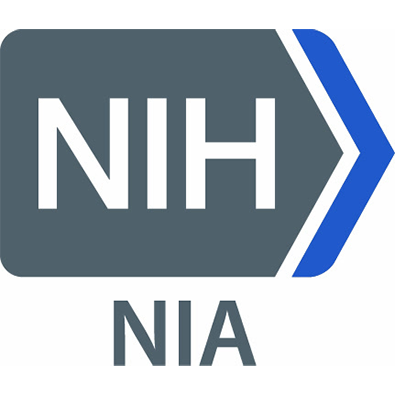Article
How ACE2 Reduction Associated with Aging Affects COVID-19 Severity
Author(s):
A new perspective from federal and institutional experts explains the cause of disease severity and mortality in older, cardiovascular-risk patients.

A new perspective from a team of Maryland-based cardiovascular clinicians sheds insight on an often forgotten facet of the inherent COVID-19 risk carried by patients with cardiovascular history: the decline in angiotensin-converting enzyme 2 (ACE2) expression associated with aging, and the response of care most common in such patients.
In an essay published Friday morning, a trio of investigators—Majd AlGhatrif, MD, MA; Oscar Cingolani, MD; and Edward G. Lakatta, MD; of Johns Hopkins School of Medicine, the National Institute on Aging and National Institutes of Health—called for the urgent expansion of renin-angiotensin system (RAS)-based intervention assessment as part of the need for clinical understanding as to how lung complications are driving novel coronavirus (COVID-19) mortality worldwide.
As the team noted, ACE2 is not only prevalent in the pathogenesis of COVID-19, but is part of RAS signaling. Though data is scarce on the topic, it is known now that ACE2 is both targeted by SARS-CoV-2 in its entrances to cells and a critical player in anti-inflammation during RAS signaling—converting angiotensin II to angiotensin 1-7.
The age-associated decrease of ACE2 expression, which investigators have observed in the lungs of rats, is in line with “a constellation of major proinflammatory changes perpetrated by an age-associated increase in RAS signaling throughout the body,” the team wrote.
Such proinflammatory profiles are featured in patients with hypertension and diabetes—a pair of diseases highly common in older patients.
The increase of ACE2 in such patients with ACE inhibitors and angiotensin receptor blockers (ARBs) presents a paradox to investigators: how can ACE2 reduction in older, cardiovascular-risk patients put them at greater risk of COVID-19 severe symptoms when ACE2 is the gateway for the disease into cells?
The team pointed to data procured from the severe acute respiratory syndrome (SARS) epidemic of 2003, which most prominently affected persons in their 30s and 40s—despite these younger patients reporting lower disease severity and risk of mortality versus older people with pre-existing conditions.
“Similarly, in the COVID-19 pandemic, it is plausible that greater expression of ACE2 leads to higher predisposition to incur the disease,” they wrote.
Preliminary epidemiologic data from South Korea—the country with the greatest rate of population-wide testing for the disease—shows that younger adults are reporting the greatest rate of infection, despite perceived higher ACE2 levels. COVID-19 severity, however, has been observed in older patient populations, such as that of Italy’s.
“Hence, compared with young individuals, older persons with (cardiovascular disease) who already have reduced ACE2 levels will be expected to be more predisposed to exaggerated inflammation with further reduction in ACE2 expression in the context of COVID-19, manifesting with greater disease severity,” they explained.
The team hypothesized that SARS-CoV-2 binding to ACE2 creates an acutely exaggerated proinflammatory background, thereby predisposing older adults with hypertension and diabetes treated with ACE inhibitors and ARBs to correct ACE2 levels at a greater risk of disease severity and mortality.
This belief, they wrote, aligns with evidence of angiotensin II antagonists benefitting sepsis-associated acute lung injury.
Going forward, the team advised that clinicians continue treating patients with ACE inhibitors and ARB and pursue clinical investigations that consider RAS interventions for COVID-19 severity reduction.
The viewpoint, “The Dilemma of Coronavirus Disease 2019, Aging, and Cardiovascular Disease,” was published online in JAMA.




